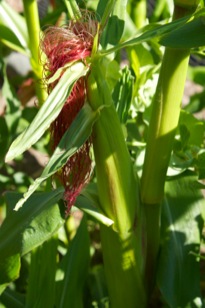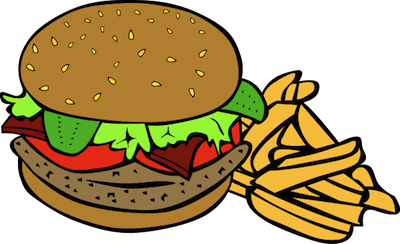Measuring in Gardens
18/08/11 12:35 Filed in: math
Pedagogy
Perhaps one of the most magical elements of growing your own food is seeing how things grow and the diversity among different species. Even the most experienced gardeners feel their hearts flutter when they see new shoots popping out of the soil. Seeing plants grow helps connect us with the food that they provide through the sense of mindful cultivation. We spend hours watering, weeding, trimming, harvesting, and preserving, sometimes for just a few morsels of food. Yet, this tenderness of cultivation not only teaches us about the differences among different plant species, it helps us understand ourselves, and how we interact with each other and the systems that sustain us. We can see different approaches to growing food, tending gardens, communicating knowledge and observations, all through simply witnessing a plant grow.
Pedagogy Questions: How might we continue to develop that sense of growth within ourselves? What would happen if instead of immediately wanting to be good at something (say a musical instrument or math problem), we re-orient our accepted ways of learning to be more of a cultivation practice?
Measuring Growth (activity to do with your students)

- height
- width
- number of shoots
- diameter of the main stem
- number of flowers and/or fruit
Each student should develop their own way of tracking this growth. They can plot it in a spreadsheet, or create a list, or draw the plants in their garden journal (as described in Journalling in Gardens). Take ten minutes out of every week to do this measurement excercise and then four times per year ask them to create some simple statistics of their plants:
- growth (one of the above variables) over time
- width over height
- number of flowers versus number of fruits
- average diameter among all of the plants
Activity Questions: What other growth observations do you have from spending such intimate time with these plants? How might this be measured in terms of the permaculture principles? Could you adapt planting next year based on this data?
blog comments powered by Disqus
